From GST to bank reforms, here's what Arvind Subramanian said about Indian economy
Talking on list of factors in regards to Indian economy, the CEA Arvind Subramanian laid out various measures which the government can adapt for the country's long term prosperity.

Key Highlights:
- GST currently has five tax slab of 0%, 5%, 12%, 18% and 28%
- India's GDP growth has touched to a three-year low in Q1FY18
- Banks' gross NPA stands at Rs 8.38 lakh crore by end of September 2017
India's chief economic adviser Arvind Subramanian on Tuesday spoke on a range of issues related to bank recapitalization, roll out of Goods and Services Tax and policy reforms. He went on explaining various solutions which the government can adopt in future for the country's potential economic growth.
Subramanian, whose tenure as CEA has recently been extended, earlier told Mint in an interview, that India has potential to achieve 8.5% annual economic growth rate.
It may be noted that India's Gross Domestic Product (GDP) data surprised analysts and economist, as it touched to a three-year low in the first quarter of financial year 2017-18 (Q1FY18) at 5.7% compared to 6.1% in Q4FY17 and 7.9% in Q1FY17.
The IMF, however, was the latest one to slash the country's growth project by 0.5% to 6.7% for FY18.
The CEA said that two issues hampered India's current economic growth; firstly, the weak demand and secondly, the balance-sheet problem created by highly leveraged corporates and banks ridden with non-performing assets (NPA).
Banks' gross NPA which stood at Rs 2.94 lakh crore in March 2015 increased to Rs 3.32 lakh crore in September 2015, further to Rs 6.49 lakh crore in September 2016 and then rose sharply to reach Rs 8.38 lakh crore by the end of September 2017.
For rationalizing banking system, Subramanian was quoted as saying, "Shrinking the fundamentally unviable banks, ensuring/creating risk assessment capability in the PSBs (public sector banks), and bringing in more majority private sector ownership will be terribly important reform."
Further, the CEA agreed on the number of decelerating economic indicators but also believed that not all of them were an outcome of two big reforms namely GST regime and demonetisation.
He said, "GST and demonetisation, I see as transitional negative supply and demand shocks. Since they are transitional, we will hopefully move beyond them."
In India since past few quarters deeper problems like subdued private investment in India, lower rate of growth in government spending, slowdown in consumption spending and corporate debt overhang continue to remain.
Private Consumption constitutes about 54% of GDP and grew by 7%. Last year for the same quarter, consumption grew at 8%. While government's final consumption expenditure just grew by 0.6% to 17.2% in Q1FY18 versus 16.6% in Q1FY17.
Talking about GST slabs in an interview with Economic Times, Subramanian said that these multiple rates will converge in three tax structure. According to him, these three would comprise a “poor man’s” rate within 0-5%, a “core” rate merging the rates ranging from 12-18% and the demerit rate of 28%.
He said that more items like real estate, natural gas and electricity products should be added under the "one tax one nation" regime which came in effect from July 01, 2017.
On tax collections under GST, Subramanian stated that these were happening properly and added that people would be surprised by amount of expansion the country’s tax base has reached.
GST revenue collections in October came in at Rs 95,131 crore compared to collection of Rs 93,141 crore in previous month. Also average revenue shortfall of states has come down to 17.6%.
In regards to latest development, the Moody's up-gradation in India's rating to "Baa2", Subramanian told Mint, "My personal view is that rating agencies do not and should not be either the motivator or the cause of government’s reform actions. They are the welcome collateral consequence and affirmation of what government has done."
Get Latest Business News, Stock Market Updates and Videos; Check your tax outgo through Income Tax Calculator and save money through our Personal Finance coverage. Check Business Breaking News Live on Zee Business Twitter and Facebook. Subscribe on YouTube.
RECOMMENDED STORIES

Monthly Pension Calculations: Is your basic pension Rs 25,000, Rs 35,000, or Rs 50,000? Know what can be your total pension as per latest DR rates
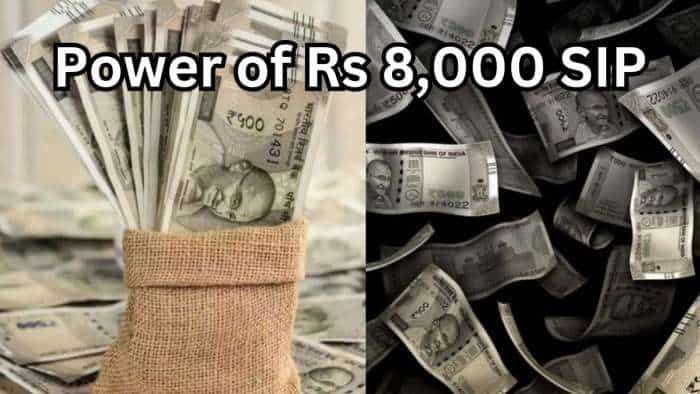
Power of Rs 8,000 SIP: In how many years you can build Rs 9 crore corpus with just Rs 8,000 monthly investment

Delhi-NCR Earthquake Latest News: Quake of 4.0 Richter Scale jolts National Capital in morning hours; people rushed out of their homes after feeling strong tremors
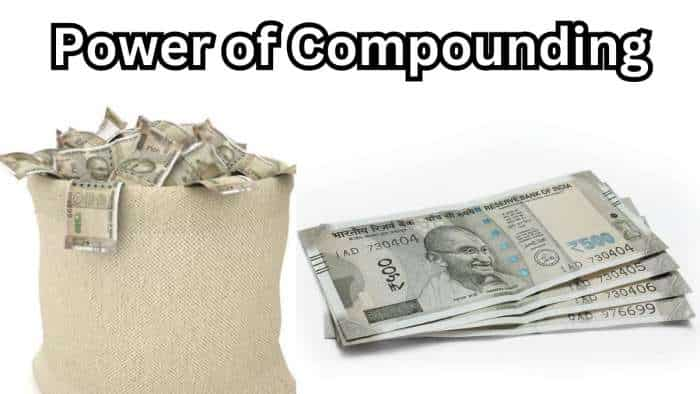
Power of Compounding: How long it will take to build Rs 8 crore corpus with Rs 7,000, Rs 11,000 and Rs 16,000 monthly investments

Dearness Allowance (DA) Calculations: Is your basic monthly salary Rs 25,500, Rs 35,400, or Rs 53,100? Know how much DA will you get at different rates
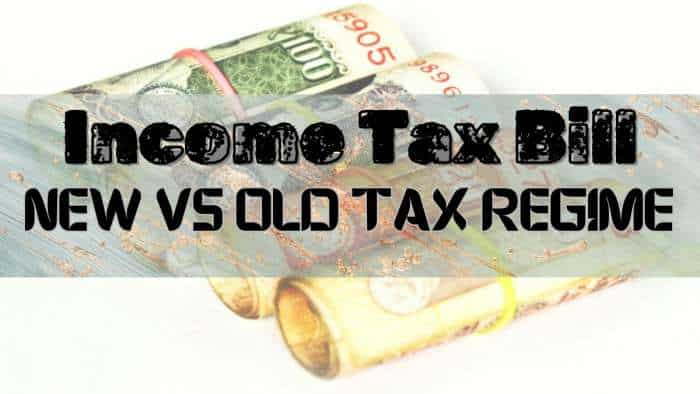
Income Tax Calculations: What will be your tax liability if your salary is Rs 8 lakh, Rs 14 lakh, Rs 20 lakh, and Rs 26 lakh?
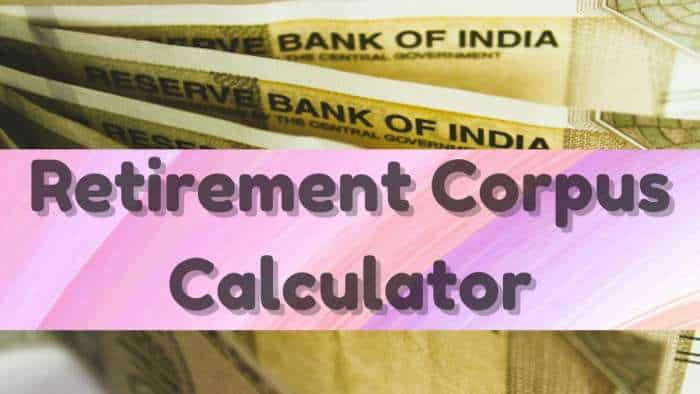
Retirement Planning: How one-time investment of Rs 10,00,000 can create Rs 3,00,00,000 retirement corpus
04:20 PM IST






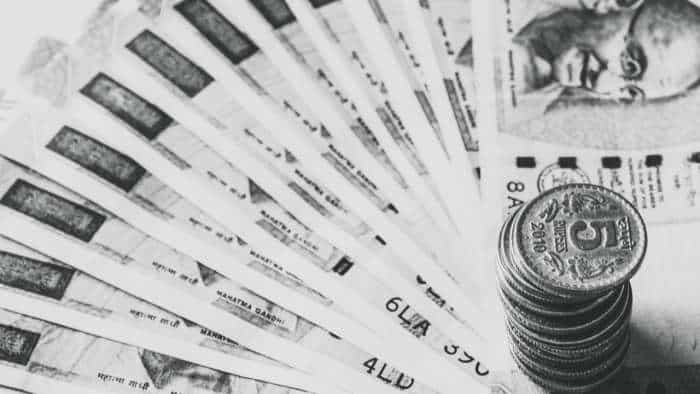

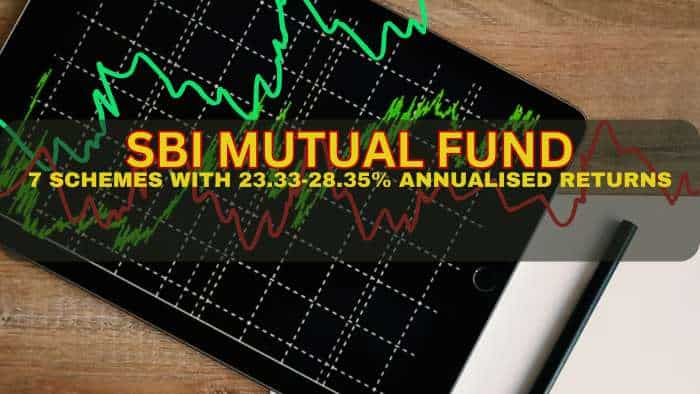
 Mahindra Lifespace share price jumps over 2% to hit 52-week high - key triggers
Mahindra Lifespace share price jumps over 2% to hit 52-week high - key triggers  Demonetisation threw up political, economic puzzles: Arvind Subramanian
Demonetisation threw up political, economic puzzles: Arvind Subramanian Who is Krishnamurthy Subramanian? Modi government's Chief Economic Adviser after Arvind Subramanian
Who is Krishnamurthy Subramanian? Modi government's Chief Economic Adviser after Arvind Subramanian CEA Arvind Subramanian: Not leaving because government is unhappy with me
CEA Arvind Subramanian: Not leaving because government is unhappy with me  As Raghuram Rajan, Arvind Panagariya, Arvind Subramanian leave, a protectionist India returns
As Raghuram Rajan, Arvind Panagariya, Arvind Subramanian leave, a protectionist India returns